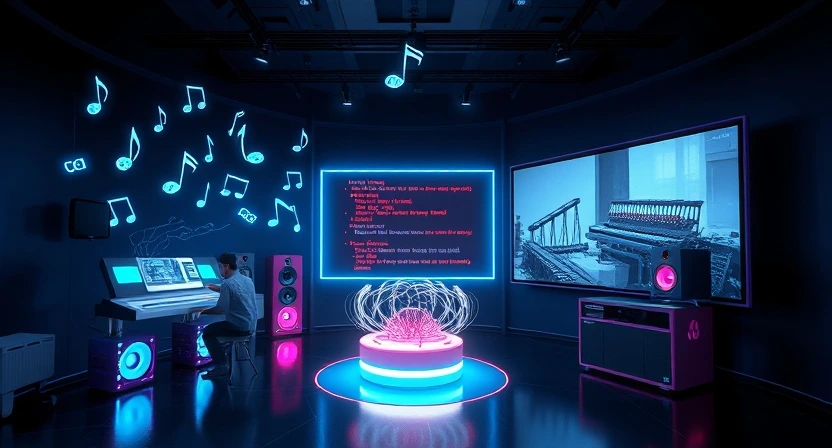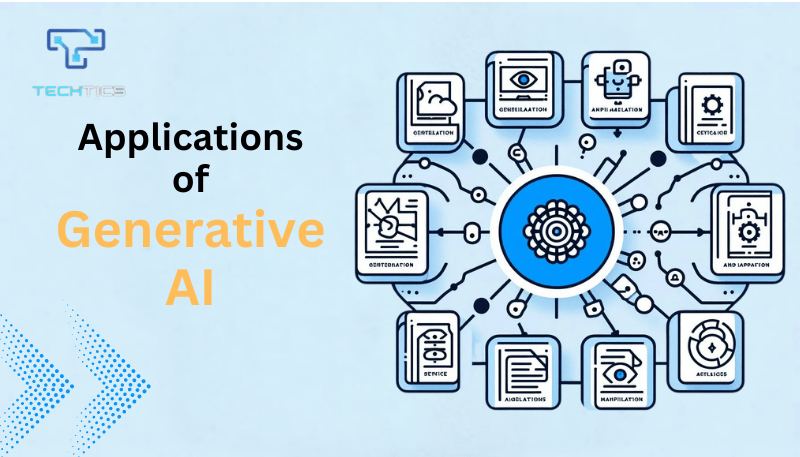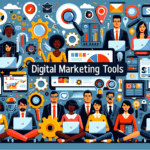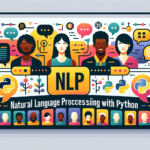Generative AI revolutionizes how individuals and industries approach creative, scientific, and technological tasks. Using sophisticated algorithms, these models can produce new content in various formats, including text, images, audio, video, and even code. This ability to generate content from diverse inputs makes it an invaluable tool across multiple sectors, helping to streamline workflows and enhance productivity. In this blog, we will explore the most significant applications of generative AI and how it is transforming fields like language processing, audio generation, visual design, and synthetic data creation.
Applications of Generative AI
Text Generation
Text generation is arguably the most mature and widely utilized application of generative AI. Large Language Models (LLMs) are at the core of this domain, capable of performing a variety of complex linguistic tasks. These models have been trained on massive datasets and are designed to understand, process, and generate human-like text, enabling their use in multiple areas.
- Content Creation: One of the most prominent uses of LLMs is content generation. From writing essays and news articles to producing creative pieces such as poems and stories, LLMs are being used to generate high-quality text with minimal input from users. This helps content creators automate routine writing tasks, freeing up more time for creative exploration.
- Code Development: Generative AI models have also been integrated into coding environments. They can write code based on text inputs, debug existing code, and even suggest improvements, making the process of software development faster and more efficient. This application is particularly useful for automating repetitive tasks or generating boilerplate code, giving developers more time to focus on solving complex problems.
- Translation and Language Understanding: LLMs are also transforming language translation. With models trained in multiple languages, they can translate texts with high accuracy and fluency. Additionally, these models are being used in linguistic research to analyze and understand genetic sequences, helping scientists uncover insights about biological processes.
Audio and Music Generation

Generative AI’s impact extends to the audio domain as well, where it is being utilized to create music, sound effects, and other forms of audio content.
- Music Composition: With AI-driven music generation tools, users can input text prompts to generate entire compositions or snippets of music. This application is gaining traction in the music industry, where AI can assist composers by producing background music or even entire tracks. By providing a starting point, AI helps reduce the creative burden on artists while still allowing them to add their unique touch.
- Speech and Voice Generation: Text-to-speech models can convert written text into realistic, human-like speech. This technology has applications in voice-over creation, automated customer service, and accessibility tools for individuals with visual impairments. Furthermore, voice synthesis can be used in media production, where AI can replicate a particular speaker’s voice, eliminating the need for re-recordings.
- Audio for Video Footage: Generative AI can also analyze visual footage and generate audio to accompany it. For example, AI models can recognize objects in videos and create sound effects that correspond to the actions on screen. This technology enhances the realism of video content, whether in films, games, or virtual simulations.
Visual Content Creation and Image Generation
One of the most exciting and visible applications of generative AI is in the creation of visual content. These models can generate high-quality images, 3D designs, and even videos, opening new possibilities for creativity and design.
- Image Generation: Artists and designers are using generative AI to create stunning visuals, ranging from realistic portraits to abstract designs. These models can be trained on different styles, enabling users to generate images in specific aesthetic formats. They can also be used to edit and enhance existing visuals, helping to streamline the design process.
- 3D Modeling and Virtual Worlds: In industries like video game development and film production, generative AI is used to create 3D models and immersive environments. This application is particularly valuable for generating complex, realistic virtual worlds, which would otherwise require considerable time and resources. AI-generated models and landscapes are not only used in gaming but also in virtual reality applications and simulations for training purposes.
- Scientific Visualization: Generative AI has proven to be useful in fields like chemistry and biology, where it can create visualizations of new chemical compounds and molecules. This application aids in drug discovery by allowing scientists to see potential molecular structures that may have beneficial properties, accelerating research in these areas.
Synthetic Data Generation
One of the most innovative and impactful applications of generative AI is in the creation of synthetic data. Synthetic data refers to artificially generated data that can be used to train machine learning models. This is particularly useful when real-world data is scarce, sensitive, or expensive to obtain.
- Training AI Models: In many industries, collecting and labeling large datasets is time-consuming and costly. Generative AI can create synthetic data that mimics real-world data, allowing for more efficient training of AI models. For example, synthetic data can be used to simulate rare events or corner cases that are hard to capture in real-world data, ensuring that AI models are well-prepared to handle a wide range of scenarios.
- Autonomous Vehicles: The automotive industry is leveraging synthetic data to train autonomous vehicles. Simulated 3D environments allow self-driving cars to be tested in a variety of conditions without the risks associated with real-world trials. This accelerates development and improves the safety of autonomous systems.
- Medical Research: In healthcare, synthetic data is used to generate medical records, images, and other critical data needed for AI model training. This helps to protect patient privacy while still enabling researchers to develop AI-driven diagnostic tools. Additionally, generative AI models are being used to simulate the behavior of proteins and other biological structures, aiding in the discovery of new drugs and treatments.
Impact on Key Industries
The applications of generative AI are transforming a wide range of industries, from automotive to healthcare, entertainment, and beyond.
- Automotive Industry: Generative AI is playing a critical role in the development of autonomous vehicles. By generating synthetic data and 3D models, companies can simulate real-world driving conditions and improve the safety and reliability of their systems. AI is also being used in car design, helping to create more efficient and aesthetically pleasing models.
- Healthcare and Life Sciences: In healthcare, generative AI is revolutionizing areas like drug discovery and medical research. AI-driven models are being used to develop new protein sequences that could lead to the discovery of breakthrough treatments. Additionally, generative models can automate medical coding, imaging analysis, and genomic studies, making healthcare more efficient and accurate.
- Entertainment and Media: The entertainment industry is also seeing significant benefits from generative AI. Video game developers, filmmakers, and content creators use AI models to create animations, virtual worlds, and special effects, speeding up production processes and enhancing creativity. Generative AI allows artists to focus on refining their work rather than spending time on labor-intensive tasks like rendering or image editing.
Conclusion
Generative AI is not only a tool for automation but also a catalyst for creativity and innovation. Its ability to generate text, audio, images, and data across multiple domains is transforming industries and making tasks more efficient and accessible. As AI continues to evolve, its applications are expected to grow even further, creating new possibilities in fields we have yet to imagine. From autonomous vehicles to healthcare breakthroughs, generative AI is shaping the future, providing solutions to some of the world’s most complex challenges.



